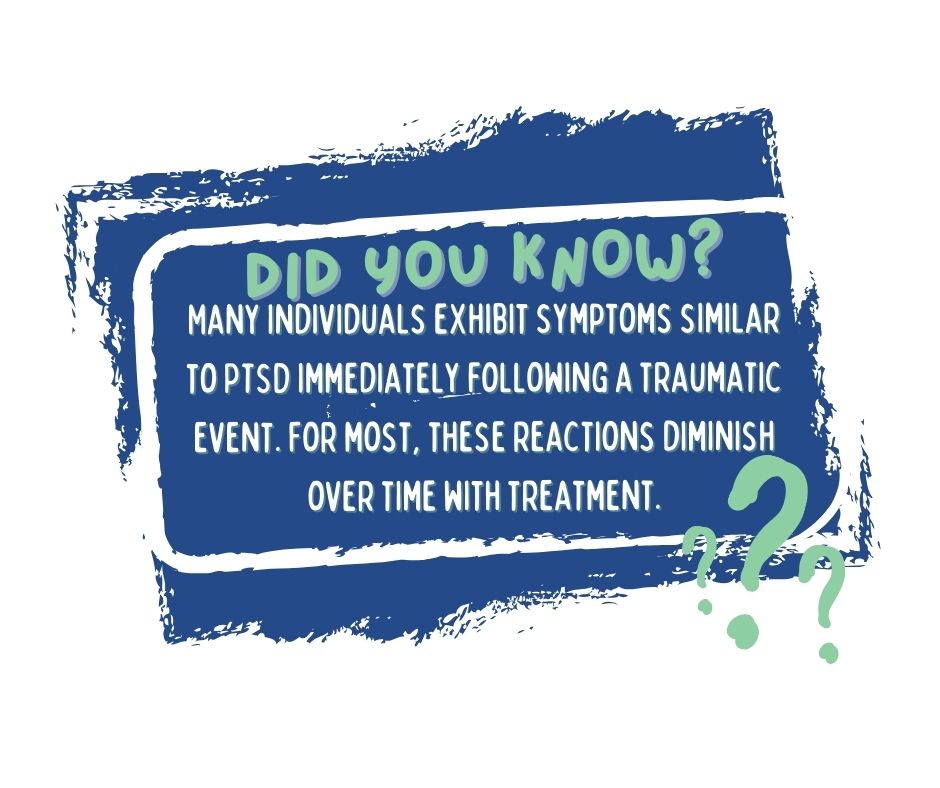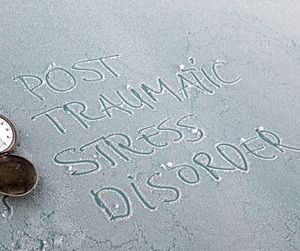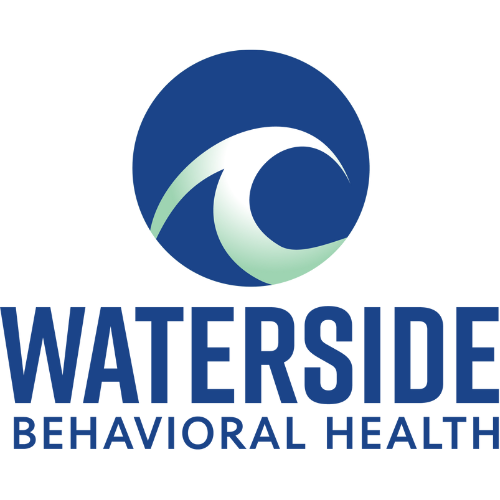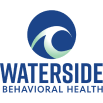Does Post Traumatic Stress Go Away: Natural Recovery vs Long-Term Treatment Options
Post traumatic stress affects millions of people after they experience scary or life-threatening events. The symptoms can feel intense and overwhelming, making daily life hard to manage.
Post traumatic stress can improve and even go away with proper treatment and support, though the timeline varies for each person. Some people notice their symptoms getting better within months, while others may need longer-term care to heal.
Getting help early makes a big difference in recovery. Talk therapy, medication, and coping skills give people the tools they need to process trauma and reduce their symptoms over time. Many people go on to live full, healthy lives after getting treatment for post traumatic stress.
Understanding Post Traumatic Stress Disorder (PTSD)
Post traumatic stress disorder affects millions of people who have experienced traumatic events. The brain changes how it processes memories and emotions, leading to ongoing distress and challenges in daily life.
Signs and Symptoms
The main symptoms of PTSD include re-experiencing the trauma through flashbacks, nightmares, or intense physical reactions to reminders of the event.
People with PTSD often avoid places, activities, or thoughts that remind them of their trauma. They might stop going to certain locations or refuse to talk about what happened.
Many experience heightened arousal, including being easily startled, having trouble sleeping, or feeling irritable and angry. These reactions can make it hard to concentrate or relax.
Negative changes in thoughts and mood are common. People might feel detached from others, lose interest in activities they once enjoyed, or have trouble remembering parts of the traumatic event.
Causes and Risk Factors
Traumatic events that can trigger PTSD include:
- Combat exposure
- Physical or sexual assault
- Serious accidents
- Natural disasters
- Life-threatening medical events
Some factors increase the risk of developing PTSD:
- Previous trauma exposure
- Family history of mental health problems
- Lack of social support
- High stress levels during or after the event
Women are more likely than men to develop PTSD. About 8% of the U.S. population will experience PTSD at some point in their lives.
The severity and length of trauma exposure play key roles in PTSD development. Quick access to support and treatment after trauma can reduce the risk.
 Source: Mayo Clinic
Source: Mayo Clinic
Treatment and Management of PTSD
Professional treatment combined with personal coping strategies helps many people recover from PTSD and regain control of their lives. The right combination of therapy, medication, and support creates a strong foundation for healing.
Therapy Options
Cognitive Behavioral Therapy (CBT) stands as a leading treatment for PTSD. This method helps people identify and change negative thought patterns linked to their trauma.
Eye Movement Desensitization and Reprocessing (EMDR) therapy uses guided eye movements while patients recall traumatic memories. Many patients report reduced distress after EMDR sessions.
Exposure therapy lets people face their trauma memories in a safe space. A therapist guides patients through remembering their experiences while teaching coping skills.
Group therapy connects people with similar experiences. Sharing stories and coping strategies helps reduce isolation and builds community support.
Medication and Self-Care
Antidepressants like SSRIs can reduce PTSD symptoms. These medications help manage anxiety, depression, and sleep problems.
Anti-anxiety medications provide short-term relief during intense symptoms. These work best when combined with therapy.
Regular exercise reduces stress and improves mood. Activities like walking, yoga, or swimming help manage symptoms.
Good sleep habits play a key role in recovery. Setting a regular bedtime and creating a calm sleeping environment makes a difference.
Support Systems and Resources
Crisis hotlines provide 24/7 support during difficult moments. Trained counselors offer immediate help and connect people with local resources.
Veterans’ organizations run specialized PTSD programs. These include counseling, peer support groups, and family services.
Local support groups create connections with others who understand PTSD. Meeting regularly helps people feel less alone and learn new coping skills.
Online forums and apps offer convenient support options. These tools help track symptoms, practice coping skills, and connect with others.
The Prognosis of PTSD
PTSD recovery varies among people, with some experiencing significant improvement within months while others need longer treatment periods. Many patients see positive changes with proper care and support.
Factors Influencing Recovery
Early treatment after trauma increases the chances of recovery. Professional help and a strong support network make a big difference in healing.
Regular therapy sessions help patients learn effective coping skills. These skills let them manage triggers and reduce symptoms over time.
Some factors can slow down recovery:
- Ongoing stress or new traumatic events
- Lack of social support
- Delayed treatment
- Pre-existing mental health conditions
Personal resilience and healthy lifestyle choices boost recovery rates. Exercise, good sleep habits, and stress management techniques help many patients improve.
Long-Term Outlook
Studies show 30-40% of people with PTSD achieve full recovery within 3-5 years. Another 40% see major improvements in their symptoms even if some issues remain.
Treatment success depends on:
- Consistency in therapy attendance
- Active participation in treatment
- Support from family and friends
- Safe living environment
Some people experience periodic symptom flare-ups during stressful times. These episodes typically become less severe and shorter with proper coping strategies.
Most patients learn to manage remaining symptoms effectively through continued self-care and professional support when needed.
Frequently Asked Questions
PTSD affects millions of people worldwide, with symptoms and experiences that vary from person to person. Treatment options and recovery paths differ based on individual needs and circumstances.
What are the long-term effects of PTSD?
Long-term PTSD effects can include sleep problems, difficulty concentrating, and strong emotional reactions to triggers.
Many people experience relationship problems and struggle to maintain jobs or daily routines.
Physical symptoms like headaches, digestive issues, and chronic pain often occur alongside emotional challenges.
How can individuals suffering from PTSD receive treatment?
Professional therapy, particularly cognitive behavioral therapy (CBT) and eye movement desensitization and reprocessing (EMDR), helps many people manage PTSD.
Specially designed programs, Intensive Outpatient Programs, have shown to be an effective way of treating PTSD.
Medication prescribed by psychiatrists can reduce symptoms and make therapy more effective.
Support groups connect people with others who share similar experiences.
Can people with PTSD live a normal life after treatment?
Many people with PTSD lead fulfilling lives after getting proper treatment and support.
Recovery looks different for each person, with some returning to their previous activities quickly while others make gradual progress.
Regular self-care and continued support help maintain stability.
What everyday struggles do people with PTSD typically face?
Common daily challenges include managing sudden anxiety or panic in public places.
Sleep disruptions and nightmares can affect work performance and energy levels.
Many people struggle with trust issues and maintaining close relationships.
What are considered to be the main causes of PTSD?
Combat exposure and military service remain common causes of PTSD.
Natural disasters, serious accidents, and physical or sexual assault can trigger PTSD.
Witnessing violence or death can lead to PTSD symptoms.
How can one effectively manage or recover from PTSD?
Regular exercise and stress-reduction techniques like meditation help control symptoms.
Creating a strong support network of family, friends, and mental health professionals aids recovery.
Establishing daily routines and healthy sleep habits increases stability.
Learning to identify triggers and develop coping strategies helps prevent symptom flare-ups.
You’re not alone, and help is always within reach. Contact us today at (774) 619-7750 and take control over your mental health.




